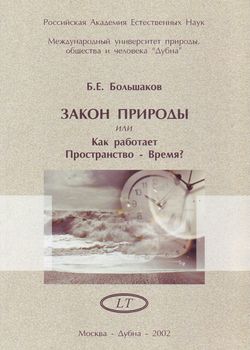Petrov Andrey Evgenievich, Doctor of Technical Sciences, Professor of the Department of CAD and Design, Federal State Budgetary Educational Institution of Higher Education NSTU “MISiS”
Abstract
In 1981, the author discovered the constancy of power when changing the connection of individual branches to the network. Let each branch have the same current and voltage sources, i.e. dissipative, emitting the same power. It turned out that if the branches are connected into a network, then half of the sum of the sources’ powers is dissipated in it. Later it turned out that the other half of the power is in a dual network in which closed and open paths are reversed. Thus, a circuit in one network corresponds to an open path in the dual network, and vice versa. Constancy of power when changing the structure, i.e. connections is a consequence of the duality invariant of networks. This invariant is expressed as the constancy of the sum of metric tensors of dual networks when their structure changes. The law of conservation of energy corresponds to the symmetry of time, the law of conservation of momentum corresponds to the symmetry (homogeneity) of space, the law of conservation of angular momentum corresponds to the symmetry of directions in space (isotropy). The law of conservation of the energy flow, which is measured by power, corresponds to the duality of space. Based on the tensor method for calculating processes when changing the structure of the connection of elements, network models of technical and economic systems were created. This article is the beginning of the presentation of the application for the discovery of the law of conservation of energy flow, which was written in 2012-2013.
KEYWORDS: law of conservation of energy flow, scientific discovery, tensors, dual networks.
Download article THE LAW OF CONSERVATION OF ENERGY FLOW![]()

 ПОСЛЕДНИЕ ЭКЗЕМПЛЯРЫ ТИРАЖА
ПОСЛЕДНИЕ ЭКЗЕМПЛЯРЫ ТИРАЖА





